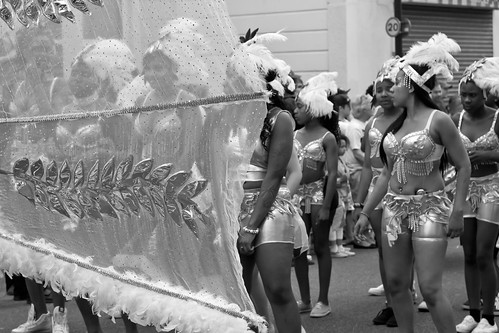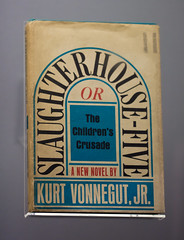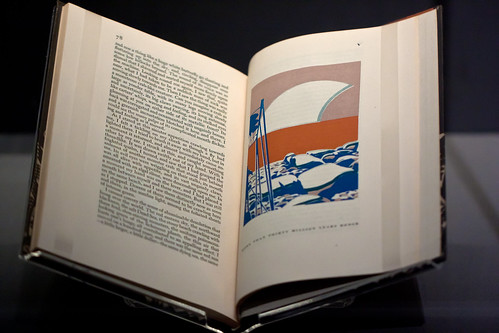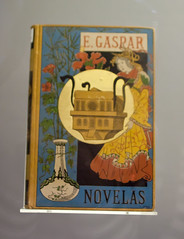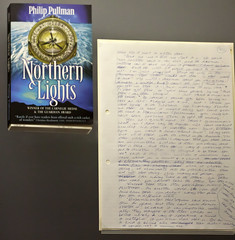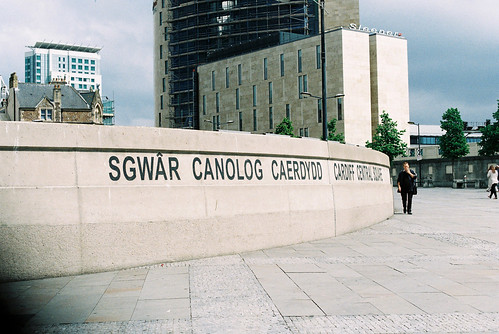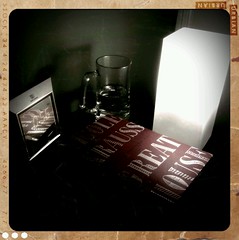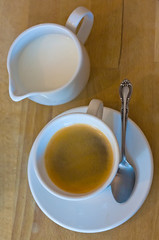Fiction noir?
Farewell My Lovely
by Raymond Chandler
This is the second book in the Philip Marlowe series, which began with The Big Sleep. I’ve not read that title but having seen the film a few times I figured some of the plot twists and turns might be spoiled for me, so Farewell My Lovely would be a better test of whether I am likely to enjoy the books. I really, really did. Purple prose is amazing.
In case you don’t know, Philip Marlowe is a private detective in Los Angeles. The tale is narrated by Marlowe in that overblown, sarcastic, slang-laden voice now famous for narrating film noir, but originated by Chandler in this series. Unlike other detective stories I have read, it would be hard to guess where the story is going or solve the crime before Marlowe because he doesn’t share his insights until the last moment. You just have to go along for the ride, watch and enjoy the methods and accidents that Marlowe uses.
Marlowe has a habit of being in the wrong place at the wrong time, so he’s learned to make the most of it. When bankrobber Moose Malloy is released after eight years in jail, Marlowe witnesses him commit murder in his search for former girlfriend Velma. Later that same day, Marlowe receives a mysterious commission to act as a man’s bodyguard for the evening, an evening that does not end well. Clues slowly emerge from both cases and fascinating later-than-life characters abound:
“He was looking up at the dusty windows with a sort of ecstatic fixity of expression, like a hunky immigrant catching his first sight of the Statue of Liberty. He was a big man, but not more than six feet five inches tall and not wider than a beer truck…He was worth looking at…From his outer breast pocket cascaded a show handkerchief of the same brilliant yellow as his tie. There were a couple of coloured feathers tucked into the band of his hat, but he didn’t really need them. Even on Central Avenue, not the quietest dressed street in the world, he looked about as inconspicuous as a tarantula on a slice of angel food.”
Marlowe is flawed but loveable. He is completely aware of his limitations and tends toward pessimism and distrust, yet he carries right on getting involved, even if there isn’t a pay cheque promised. He’s a sucker for a pretty lady and has a love-hate relationship with the police.
I have heard and read many takes on Chandler’s style, but nothing comes close to the real thing. It is brilliantly melodramatic, darkly funny and strangely beautiful. The language rolls around on your tongue:
“There was just enough fog to make everything unreal. The wet air was as cold as the ashes of love.”
I suspect if I read too much of this at once the effect would be spoiled, so I’ll wait a while before reading the next title in the series, but I’ll greatly look forward to it in the meantime.
First published 1940.
N.B. One of the reasons I finally picked this book out of the TBR was that a new film has come out loosely based on it. The Big Bang sounds terrible but also possibly enjoyable? Only one way to find out.
